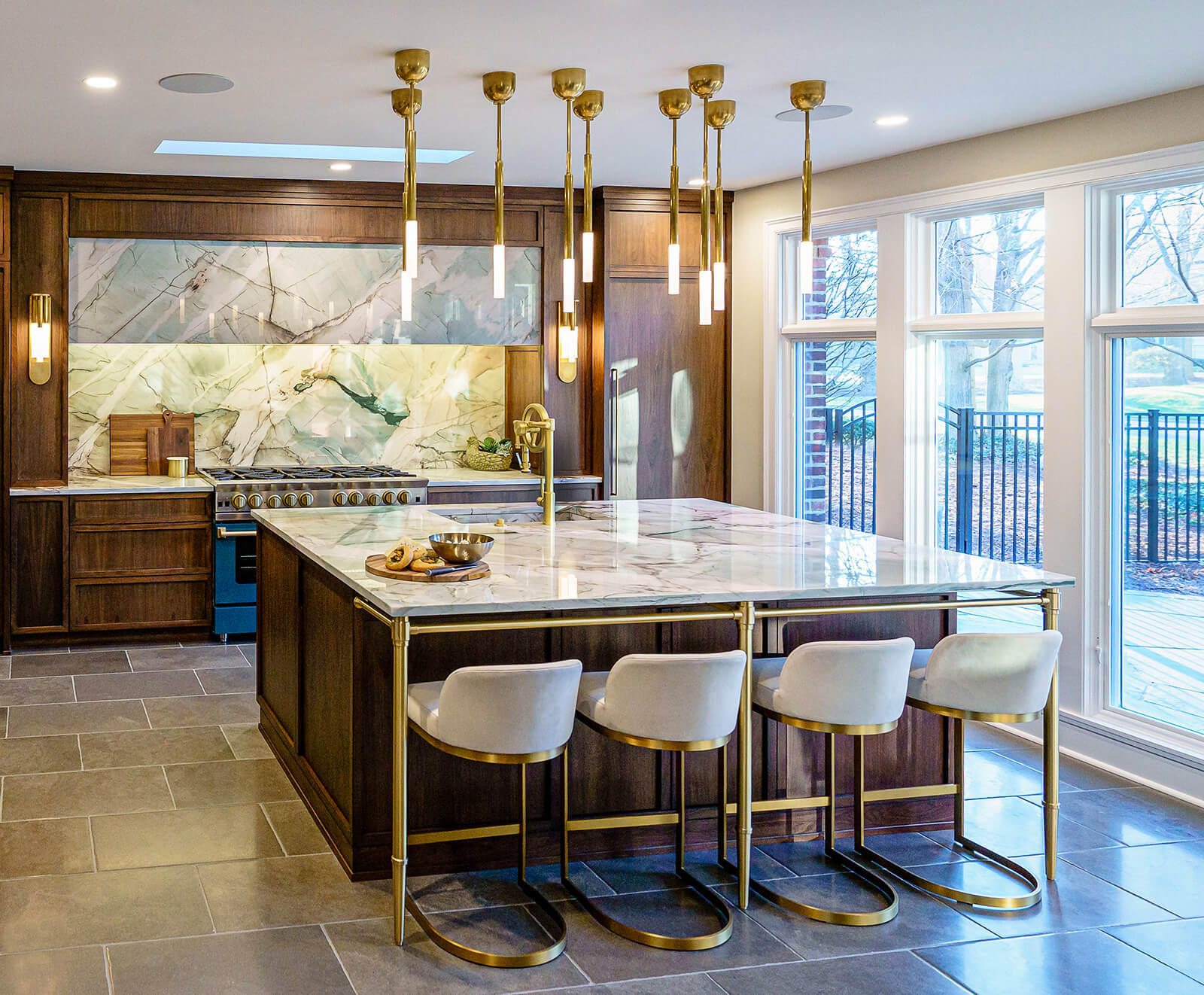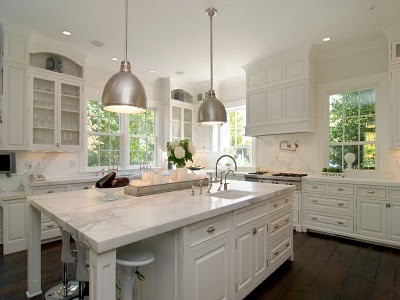Trick Considerations for Finding the very best Legs For Cooking Area Island for Your Style
When picking the suitable legs for your kitchen island, a number of vital considerations come right into play that can considerably influence both functionality and looks. The selection of style, material, and elevation need to straighten with your overall kitchen style to guarantee an unified appearance.
Determine Your Design Choice
When choosing the suitable legs for your kitchen area island,Determining your design choice is important. The legs of your kitchen island not only offer a functional objective yet also contribute considerably to the total aesthetic of the space. As a result, identifying your layout style-- be it modern, rustic, traditional, or commercial-- is crucial.
For a contemporary kitchen area, think about sleek, minimalistic legs that match tidy lines and open areas. In contrast, a rustic setting might take advantage of even more durable, farmhouse-style legs constructed from recovered products. Standard kitchens frequently favor turned or elaborate legs, which can add a touch of style and sophistication. A commercial visual may call for steel legs that emphasize a raw, unfinished appearance.
Additionally, consider the elevation and percentage of the legs in relation to the island's surface. Ultimately, your style choice will certainly affect not just the choice of legs however likewise the general consistency of your cooking area's design.
Select the Right Material
Choosing the best material for your kitchen area island legs is essential in making certain both sturdiness and aesthetic appeal. Various materials offer distinct advantages, and the option commonly shows your style preferences and functional requirements.
Wood is a prominent choice, providing warmth and convenience. It can be tarnished or repainted to match your kitchen design, making it adaptable to numerous designs, from rustic to modern. Timber might need regular upkeep to maintain its appearance and honesty.

If you look for an unique touch, take into consideration acrylic or glass materials. They can create an impression of room and lightness in your kitchen area, making them a superb choice for smaller locations - Legs For Kitchen Island. Nonetheless, these options may need mindful handling and maintenance to prevent scrapes.
Ultimately, the product you select should line up with your kitchen's total design, making sure that the legs offer both functional and ornamental objectives.
Consider Height and Percentages
When developing a kitchen area island, elevation and percentages play a vital function in making certain functionality and comfort. The conventional height for a cooking area island typically varies from 36 to 42 inches, aligning with conventional counter elevations or bar elevations, specifically. This dimension is vital for integrating with surrounding countertops and feceses, enabling simplicity of usage during dish preparation and social communications.
Additionally, the island's proportions have to enhance the total cooking area design. A well-proportioned island ought to not bewilder the room; rather, it should develop a well balanced aesthetic. Consider the proportion between the island's width and length, ensuring it gives ample surface without crowding the kitchen area. A basic guideline is to preserve a width of 24 to 48 inches, facilitating motion and accessibility.
Additionally, the elevation of the legs or base can influence the aesthetic appeal and capability. Taller legs might lend a more modern-day, ventilated feel, while much shorter ones can evoke a conventional, based look. Inevitably, meticulously More about the author thinking about elevation and percentages will result in a cooking area island that is both functionally effective and visually attractive, boosting the overall style of the room.
Assess Stability and Toughness
A kitchen island's legs should not just match its height and proportions however additionally provide appropriate security and resilience to support day-to-day tasks. The legs are important to the overall performance of the island, as they birth the weight of the kitchen counter and any additional loads, such as home appliances or food prep work tasks.
When examining security, it is critical to consider the leg design and material. For instance, sturdy metal or solid hardwood legs typically use premium toughness contrasted to lighter materials like engineered wood or plastic. Additionally, a larger base can enhance security, decreasing the risk of tipping or tottering throughout usage.
Longevity is similarly crucial; the legs must withstand deterioration from daily use. Consider coatings that shield versus scratches, dents, and moisture, especially in a cooking area setting. Review the top quality of building, such as attachments and joints, which can considerably impact the legs' lasting performance.
Inevitably, spending in well-crafted legs that prioritize security and toughness will guarantee your kitchen area island continues to be a trusted workspace for many years ahead, improving your culinary experiences while preserving visual charm.
Consider Maintenance and Care
Maintenance and treatment are vital factors to consider for making sure the longevity and performance of kitchen island legs. When choosing legs, it is important to examine the materials utilized, as various options need differing levels of maintenance. For example, wooden legs might call for periodic refinishing or securing to avoid wetness damages and scratches, while metal legs might require regular brightening to keep their luster and protect against rust.
Additionally, the coating applied to the legs can influence maintenance demands. A high-gloss layer might be simpler to clean however might reveal scratches and fingerprints a lot more conveniently than a matte coating. It is recommended to pick products and coatings that enhance your lifestyle; as an example, if learn the facts here now you frequently host celebrations, choose resilient materials that can hold up against wear and tear.
Additionally, take into consideration the cleansing procedure associated with maintaining these legs. Smooth surface areas frequently require minimal effort, while detailed styles might gather dirt and gunk, necessitating more labor-intensive cleaning approaches. Legs For Kitchen Island. Ultimately, considering the upkeep and care required for your picked kitchen island legs will certainly not just enhance their visual appeal yet likewise ensure their useful honesty in time
Final Thought
To conclude, choosing the optimal legs for a cooking area island necessitates careful factor to consider of numerous elements, including layout style, material option, stability, maintenance, and height. Each component plays a crucial role in ensuring that the legs not just enhance the visual charm of the kitchen however also give the essential support and sturdiness for daily usage. An educated choice will ultimately contribute to a practical and visually pleasing cooking area environment.
The legs of your cooking area island not just offer a useful purpose yet additionally add dramatically to the total aesthetic of the area.Maintenance and care are vital factors to consider for ensuring the long life and performance of cooking area island legs. Wooden legs may require routine refinishing or sealing to protect against dampness damage and scratches, while steel legs might require regular polishing to discover this keep their luster and prevent rust.
Eventually, factoring in the upkeep and care required for your picked kitchen area island legs will not just enhance their visual allure however also ensure their useful honesty over time.
